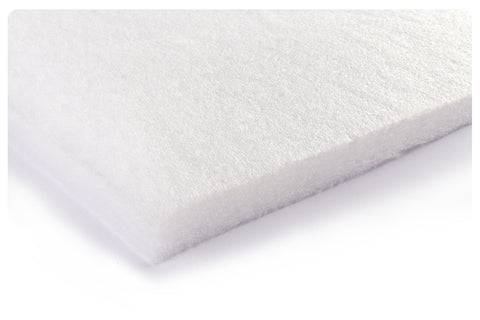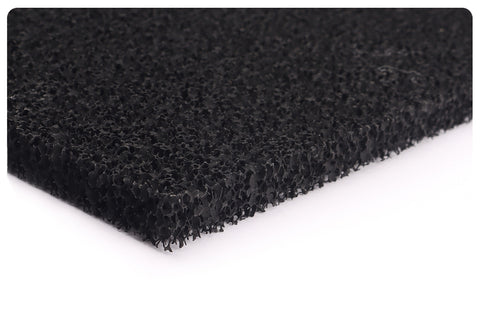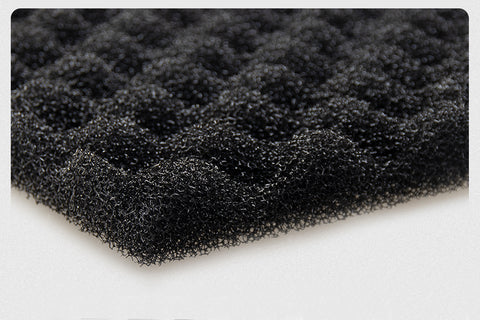
Tips for Using Foam Filter in Aquarium
As an aquarium enthusiast, there is nothing more satisfying than taking care of your aquarium and watching your fish swim freely and healthily in a clear aquarium. Fish cannot live without water, and water quality determines their health. At the same time, filters are the key to have a good water quality. Filter sponges are also an essential component of filters. But, how much do you know about filter sponges?
Common Types
Ordinary filter sponge: this type of sponge is usually white or gray, with a relatively soft texture, and can filter out large impurities and organic substances, such as fish manure and residual bait.

Activated carbon filter sponge: this type is usually black and filled with activated carbon particles, which can adsorb odors and harmful substances such as ammonia and nitrate in water.

Biochemical filter sponge: this type of sponge is usually green or brown, with many tiny pores on the surface, which can provide a place for the growth of biological bacteria, help decompose organic substances and waste in water, and maintain pristine water quality.

Microbial filter sponge: this type of sponge is usually yellow or brown and filled with many microbial communities, which can effectively decompose waste and organic substances in water and maintain pristine water quality.
Non-woven filter sponge: this sponge comprises of non-woven fabric and sponge. Non-woven fabric is responsible for filtering impurities and waste in the aquarium. At the same time, a sponge can help maintain water flow and oxygen content in the aquarium.
The above are common types of sponges used in aquarium filters, and different kinds of sponges can be combined according to needs to achieve better filtering effects.
Pros and Cons of Different Materials
The pros and cons of different materials of aquarium filter sponges are as follows:
Synthetic fiber aquarium filter sponge
Pros: Soft texture, fine filter mesh, high density, and finer filtration.
Cons: The price is relatively high.
Sponge aquarium filter sponge
Pros: It can filter dust in the air, with a density not as high as the first type, making it easy to clean, and it can be used repeatedly.
Cons: The filtering effect is relatively poor.
Biochemical cotton aquarium filter sponge
Pros: The filter mesh is relatively large, suitable for large impurity particles, with a large water output, ideal for fish spawning, easy to clean, and can be used for a long time.
Cons: The price is relatively high.
White cotton aquarium filter sponge
Pros: Cheap price, soft texture, and good filtering effect.
Cons: Cleaning may be labor-intensive and may deform or rot.
Two color cotton aquarium filter sponge
Pros: Cheap price and good filtering effect.
Cons: After cleaning several times, the filter fibers may deform.
Non-woven aquarium filter sponge
Pros: Good filter effect, breathability, and strong water absorption.
Cons: Regular cleaning and replacement are required; easily clogged and not suitable for biochemical filtration.

Overall, different materials of aquarium filter sponges have their own pros and cons, and you can choose the filter that suits you according to your actual situation. Generally speaking, using bio cotton and sponge together is the best choice, as they complement each other and work together to achieve the best results.
- Choosing a selection results in a full page refresh.












